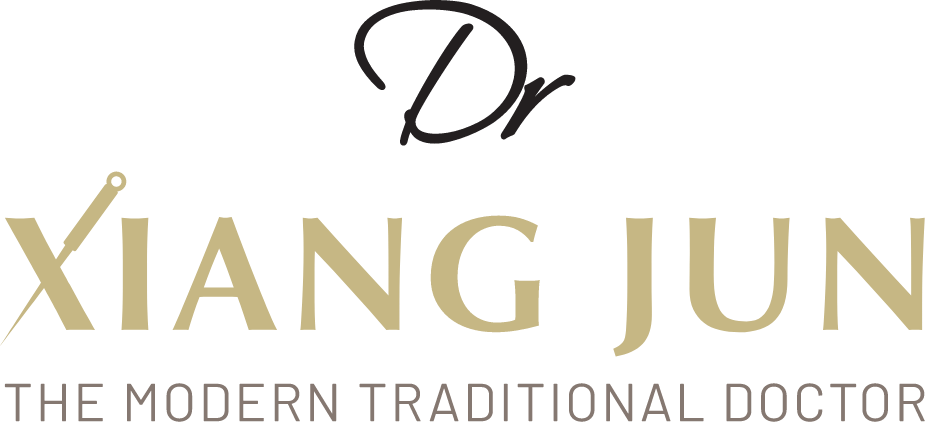Ask Dr Xiang Jun: How Big is an Acupoint?
The purpose of knowing the size of an acupoint is so that it can aid in the clinical application of acupuncture therapy later.
It is interesting to note that the concept of acupoint is rather objective and ambiguous given that it is a spot where Blood and Energy converge and can be used to diagnose and treat diseases and illnesses. Therefore the structure of acupoint is not only unlimited to shape and size but also very much related to its characteristic and function.
Acupoints are not mere round dots
In Mandarin, acupoint is also known as 穴位, which implies a hole or depression mostly in between bones and joints or at muscular intersections and are therefore three-dimensional hollows. Depending on the location of the intersections, the sizes of the acupoints will therefore be different.
Many people assume that acupoints are round dots in structure and are distributed as such across all the meridians and channels. However this is not the case as the intersections between the bones and joints or between the muscles come in different shapes and sizes.
Therefore acupoints are not mere round dots but can be diversified three-dimensional hollows with different structure and sizes depending on their location and characteristic functions in the body.
For example, Weizhong (BL40) is located on the popliteal fossa at the back of the knee and is rhomboid in shape with hollow structure. Jingming (BL1) is located lateral to the inner canthus of the eye and is a long narrow rectangular hollow rather than a round dot.
Acupoint size is dependent on location
As mentioned above, each acupoint has its own shape and structure which leads to its size range being different from one another.
Furthermore the size of an acupoint appearing on the surface of the body may not necessarily correspond to its inner structure underneath the body surface. It is important to take note of this as it serves as a guidance on the depth and angle of the puncturing of the acupoint should be done with the acupuncture needles.
For example Dicang (ST4) is located at the angulus oris but needs to be acupunctured in a oblique sideway manner towards Jiache (ST6) as that is the actual structure of the acupoint underneath the body surface and not limited to the round dot at the skin surface.
Read about Acupoint Medicine Dan Zhong here.
Conclusion
It can therefore be seen that the size ranges of acupoints are dependent on locations, their inherent characteristics and functions. Having to know the size of the acupoints and even the shapes of the acupoints can give guidance to acupuncturing techniques and manipulation methods. But this will also mean that there is ambiguity to the size ranges of acupoints which can be characterized as various forms and should not be limited to a just a round dot shape and structure.
Read more about Everything you need to know about Acupuncture and What is Moxibustion here.
Further reading:
Everything you need to know about Acupuncture
Acupuncture for Time Abundance
Acupuncture for Vagus Nerve Stimulation
Men’s Health Series: Which is the Better Way to Treat Prostatitis - TCM or Western Medicine?
How do Acupuncture and Acupressure work and which is the Better One
Everything you need to know about Dampness
It is not normal to have cysts and fibroids
Why Everything Cold is Discouraged during Menstruation
Men’s Health: Low libido equals low testosterone?


